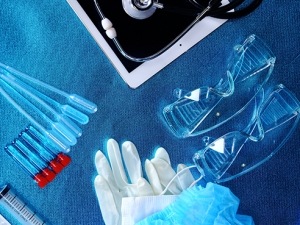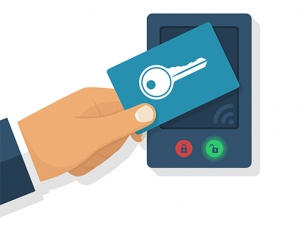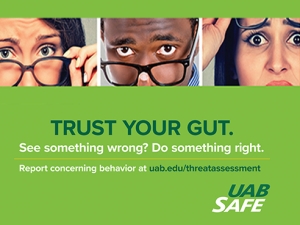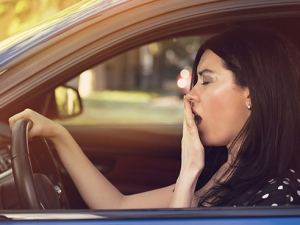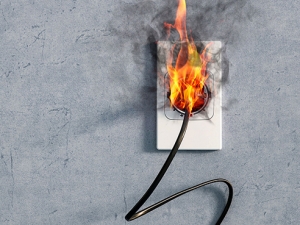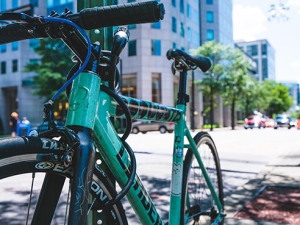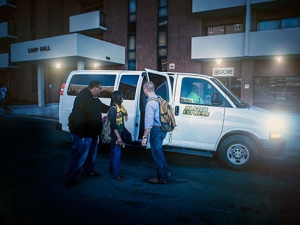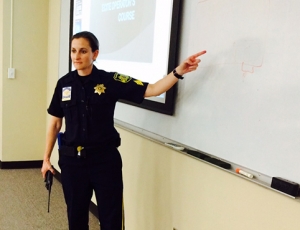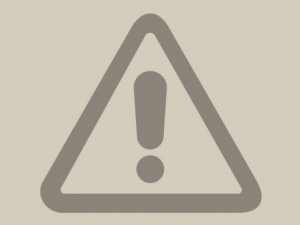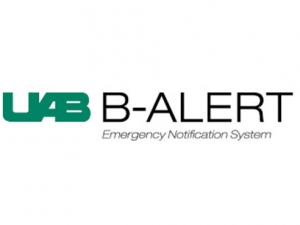Big things come from UAB’s research labs: We’ve identified the protein that affects the development and progression of diseases such as Parkinson’s, that neonatal pig hearts can heal from heart attacks and that CBD oil can help people with treatment-resistant epilepsy.
But great work can take place in labs only if researchers adhere to best safety practices, such as wearing the right gear and labeling materials properly, undergoing appropriate training, knowing the rules on lab visitors and materials disposal and staying calm in the case of emergencies.
UAB’s Department of Occupational Health and Safety has myriad resources to promote lab safety, from safety and policy manuals to extensive training opportunities and downloadable safety signs. If you work in a lab, follow these six steps to partner with OHS to stay safe and do great work.
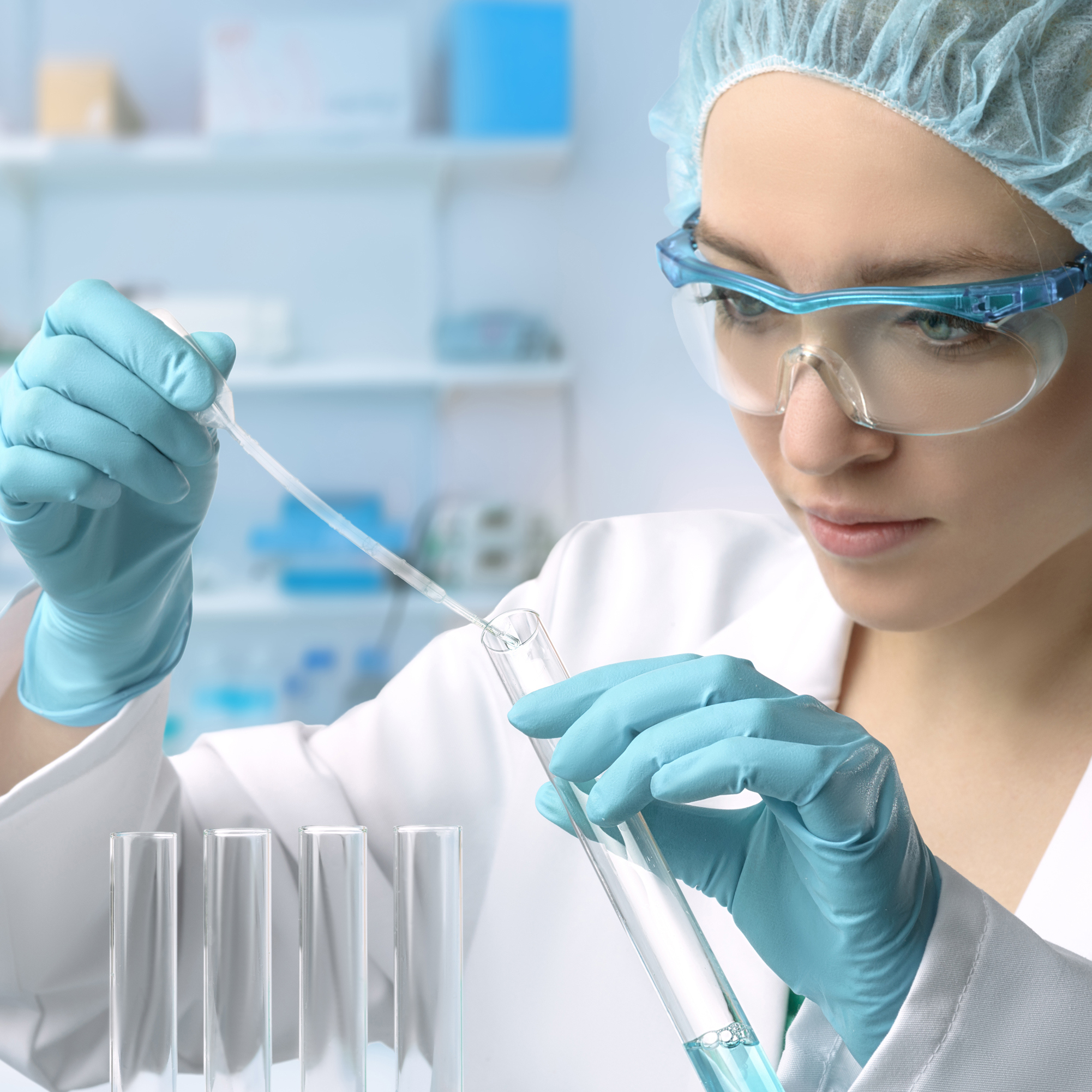
Wear the appropriate gear.
According to UAB’s biosafety and chemical safety manuals, gloves must be worn in anticipation of hand contact with hazardous chemicals, blood or infectious or potentially infectious materials. Also, safety goggles must be provided in every laboratory where spills or splashes of chemicals or potentially infectious materials may occur, and they should be worn when necessary, along with disposable or reusable laboratory clothing, such as coats or gowns.
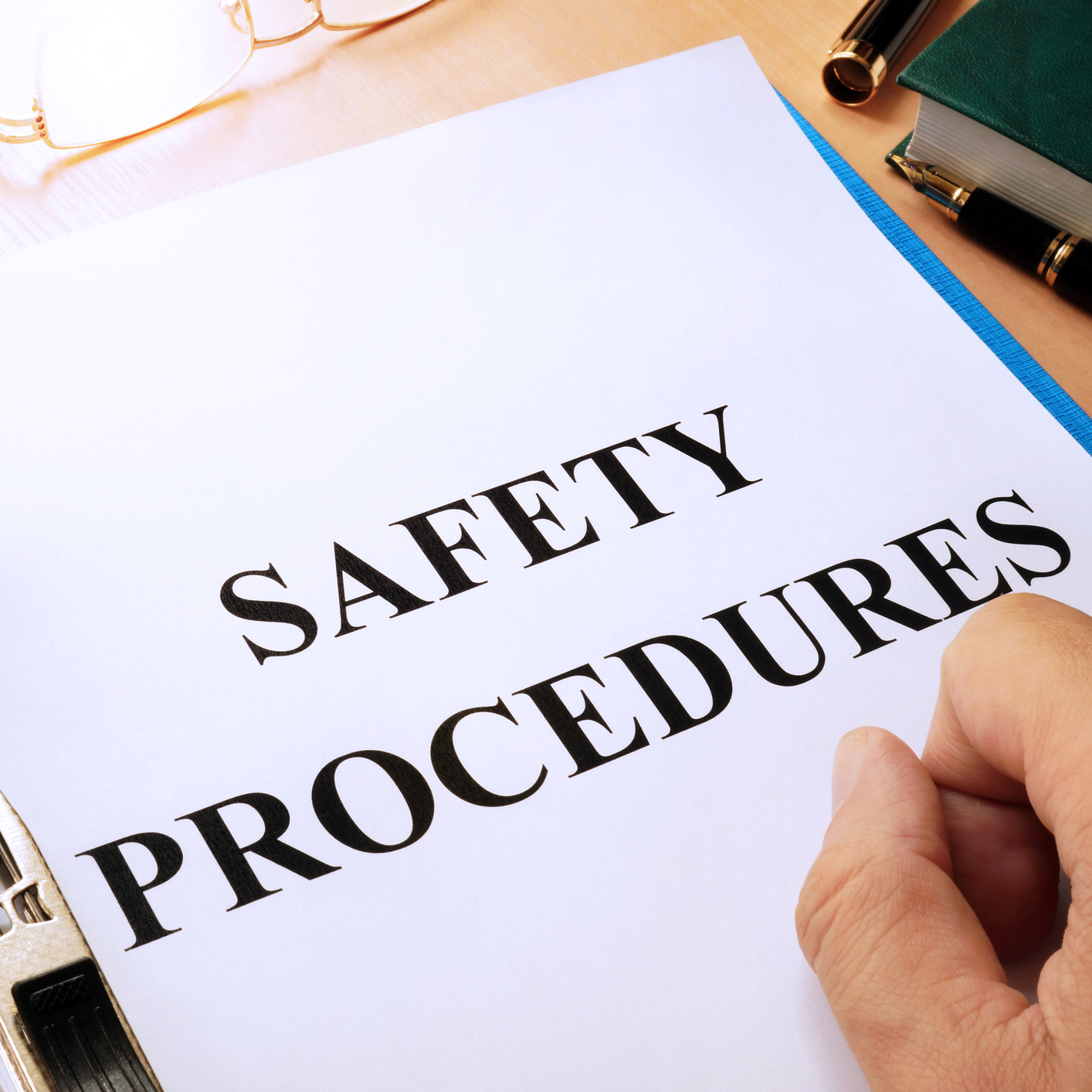
Stay up-to-date on training.
Log in to OHS’ Training Decision Tree to find out what training you need.
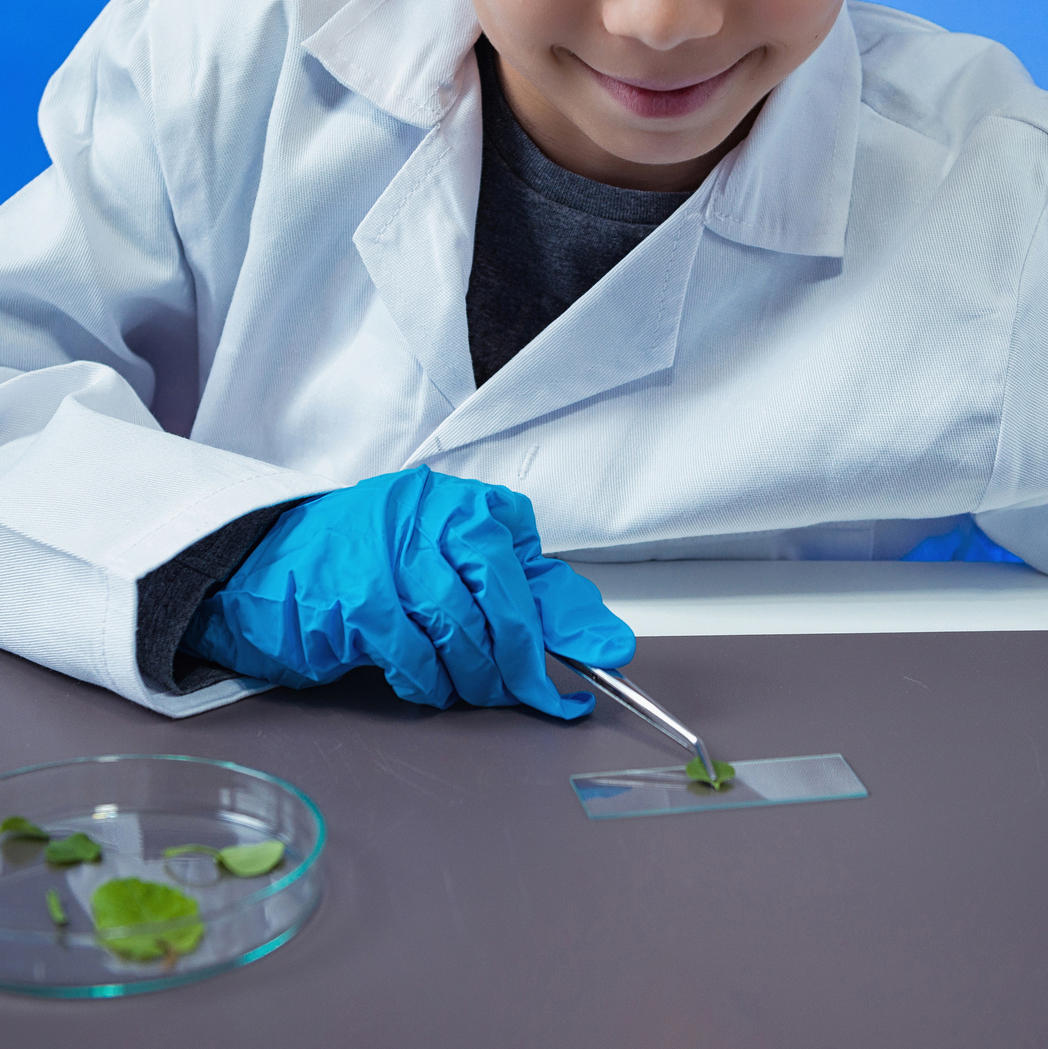
Stick to the rules for having lab visitors.
Adult visitors must complete a consent form requesting clearance to access a lab and an enrollment form that enables OHS to review work exposures and medical history to ensure all workers in a lab, volunteer or employee, have a safe and healthy work environment.
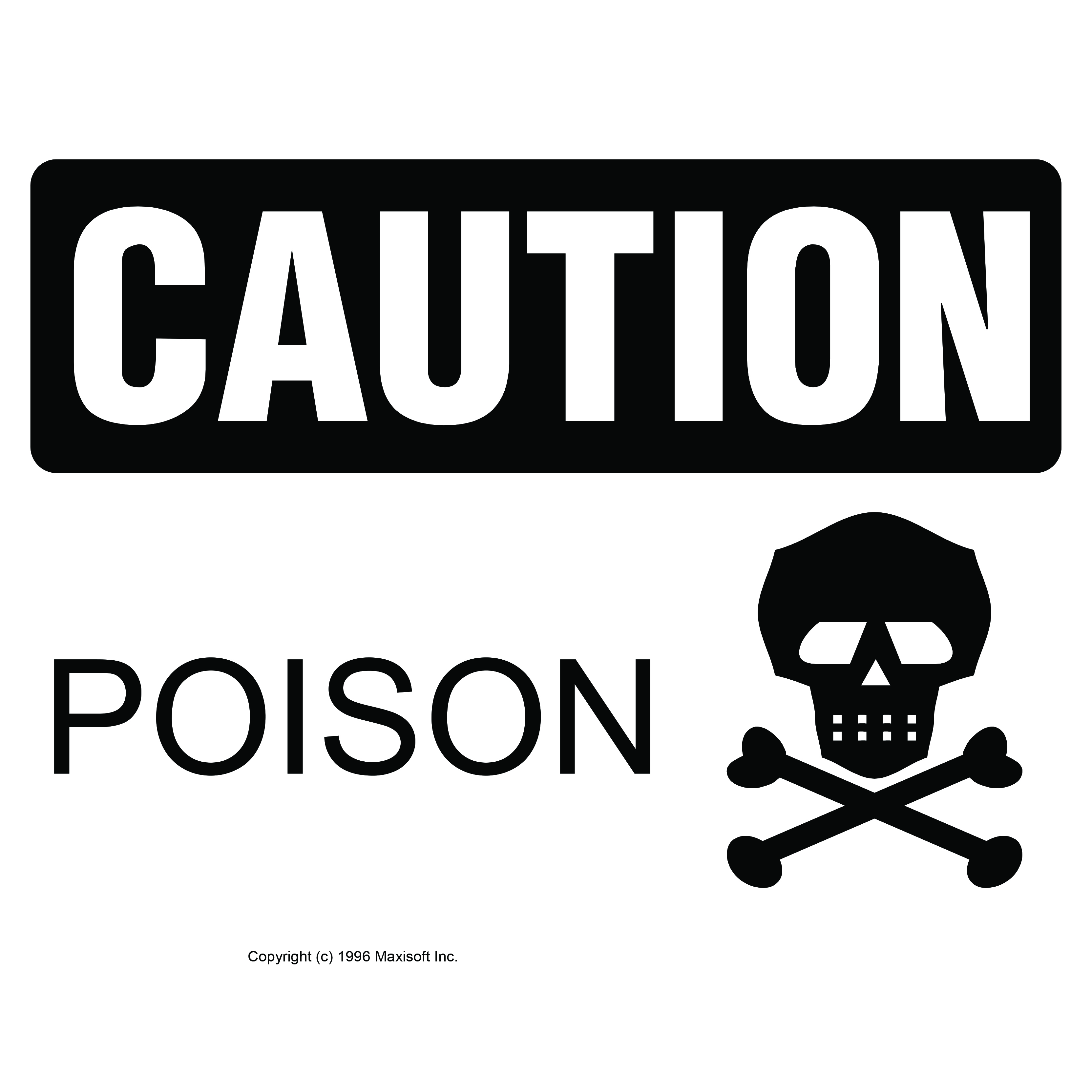
Label your workspace properly.
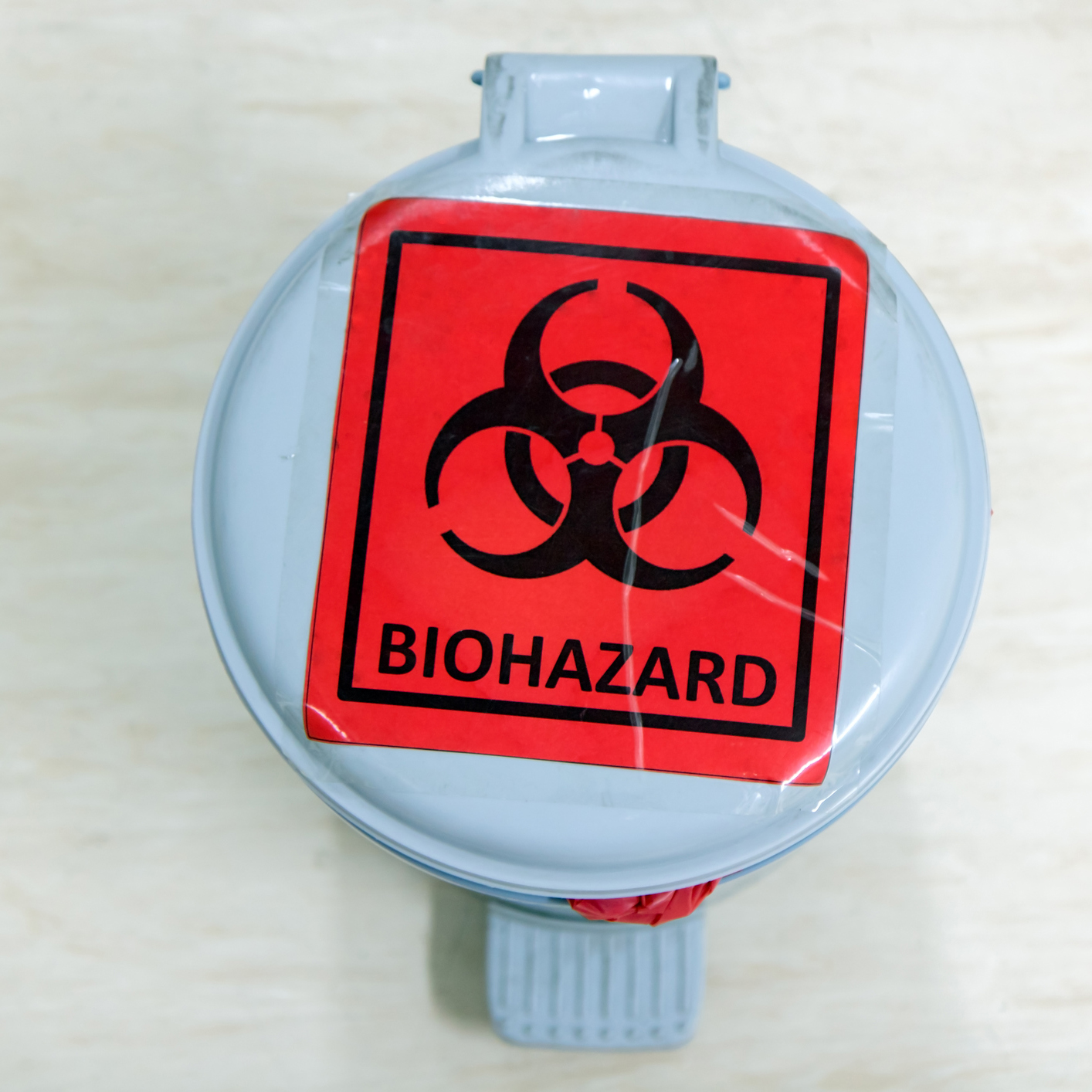
Dispose of all materials appropriately.

Memorize your emergency procedures.
Once resolved, many types of emergencies must be reported to OHS at 934-2487 or by email to safety@uab.edu. Visit the OHS website for more information.


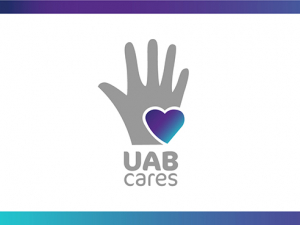

 Be safe, not a statistic: Pedestrian fatalities have risen 46 percent since 2009.
Be safe, not a statistic: Pedestrian fatalities have risen 46 percent since 2009.